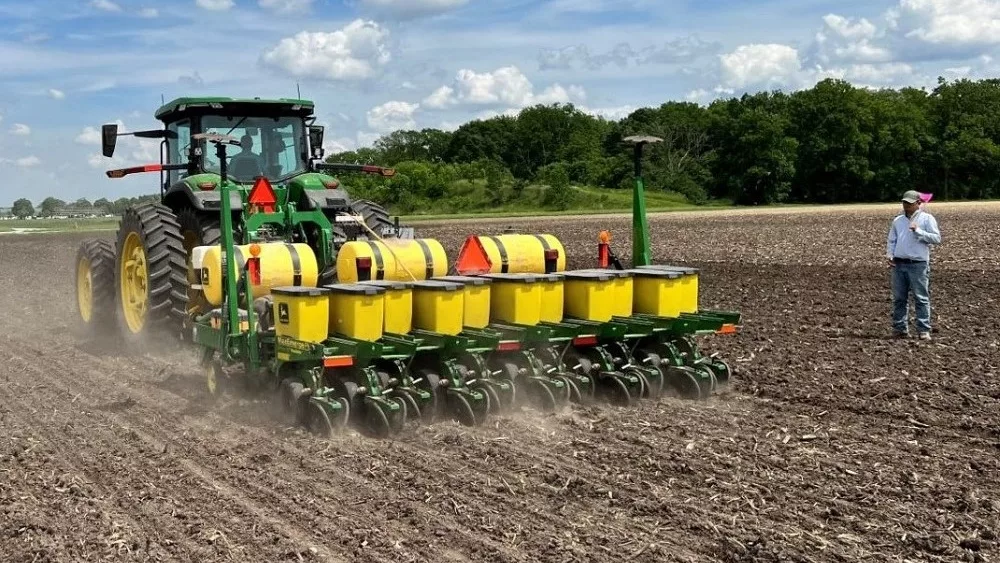
There is only so much to say about the spring of 2019. One of the topics that often gets overshadowed is how soil health was impacted from the never-ending rain.
Michigan’s vegetable growers had to mud their crop in the ground, and according to Marissa Schuh, MSU Extension vegetable educator, ruts have continued to plague vegetable growers over the last several seasons.
“In the vegetable world, we’ve seen really consistent wet weather at key push times,” she said. “I’ve seen really deep ruts from equipment because things have to get done when they have to get done. Unfortunately, that’s led to some really deep ruts in some parts of the area.”
With everything involved in getting vegetables in and out of the fields, there’s a lot of potential to get ruts.
“You have heavy equipment, you’re driving things where you have people potentially sitting in the back and planting stuff by hand,” said Schuh. “You potentially have more management involved in tillage and doing spraying, so you have more passes through the field. Depending on the crop harvest, it isn’t just a one-time thing and you are revisiting the field and potentially bringing equipment in a couple times.”
To determine how compacted your soil is, she suggests a soil penetrometer or doing a soil core. Depending on how deep your compaction layer is, Schuh says to adjust your tillage equipment accordingly.
“It all depends on how deep that compaction layer is,” she said. “The deeper it is, the more aggressive of the tool you need. You don’t want to go any deeper than you have to and you want to use as light of tillage equipment as you can.”
Schuh suggests tillage when it’s drier versus the spring when it’s been wetter in recent years. She also suggests using cover crops to hold the soil in place.





